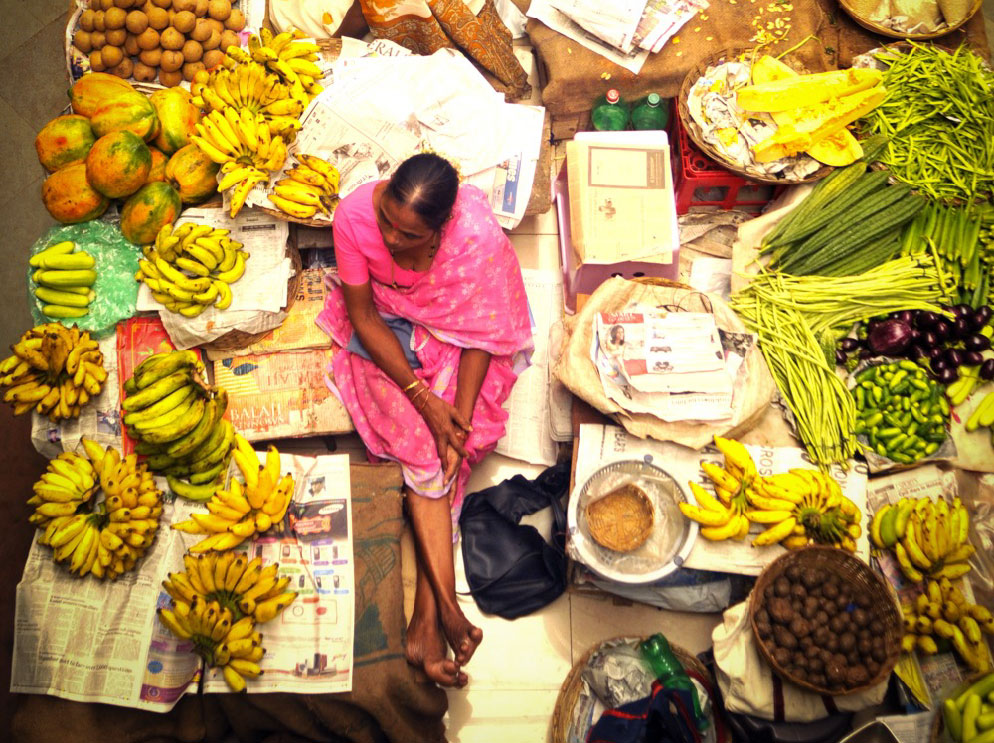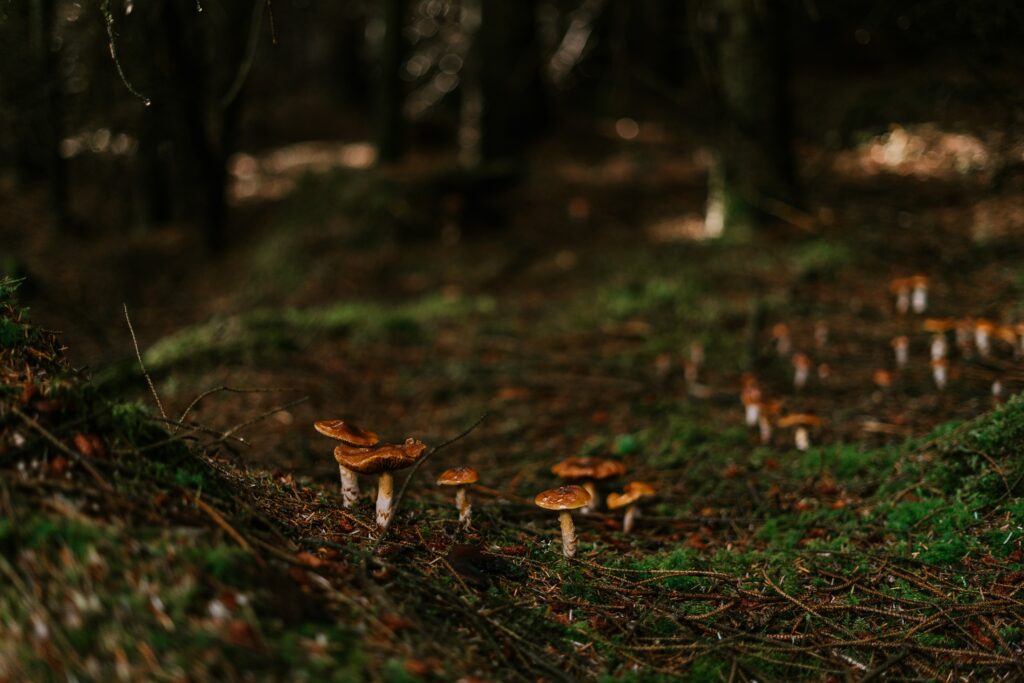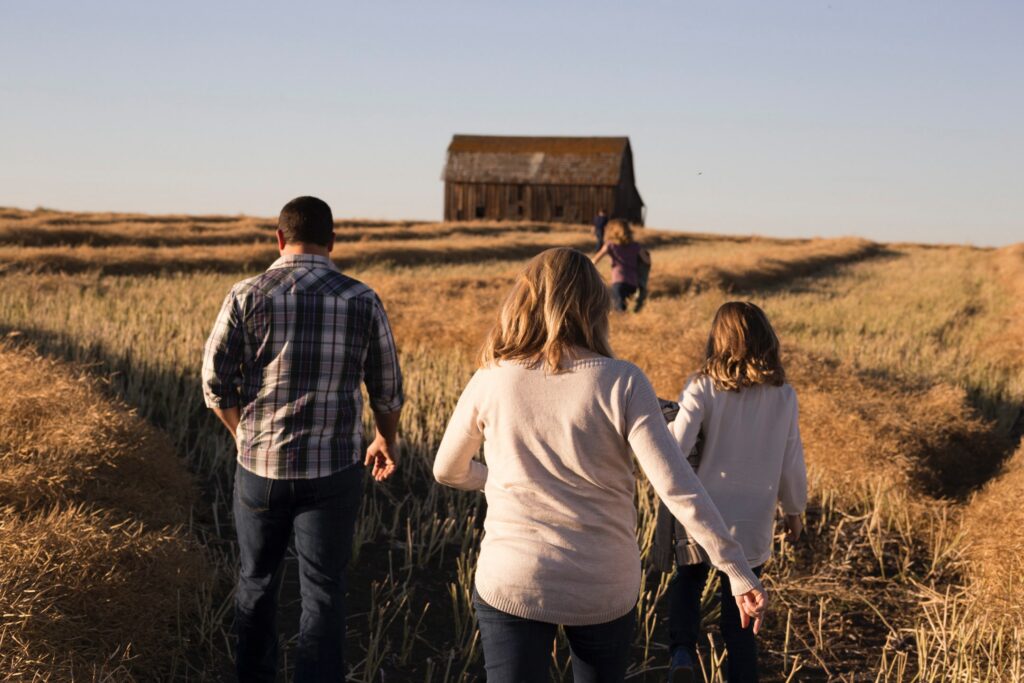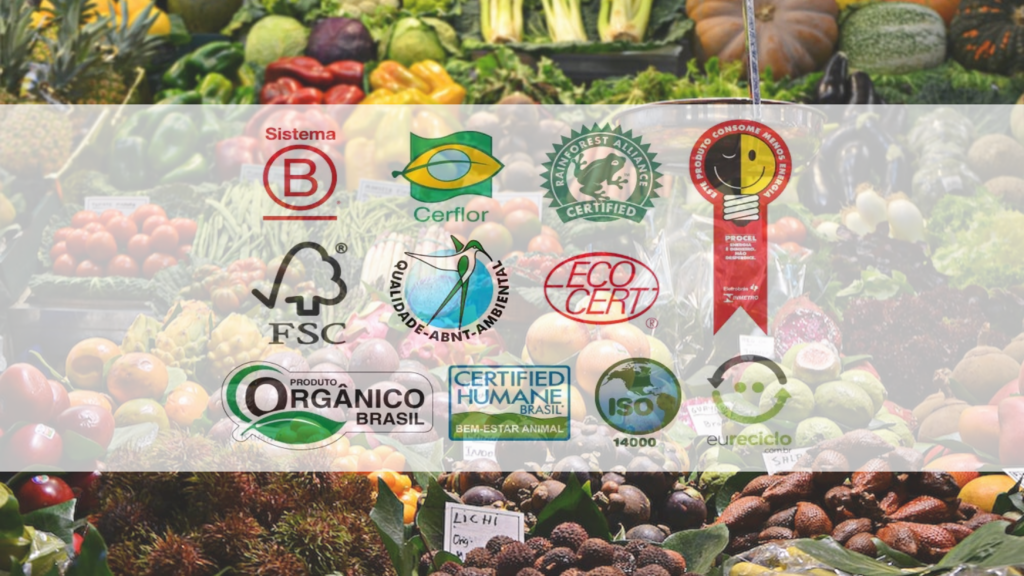What are SDGs (Sustainable Development Goals)?
In 2015, the United Nations (UN) published an action plan to be put into practice over the next 15 years, consisting of 17 goals aimed at ensuring human rights, ending poverty, fighting inequality and injustice, achieving equality and act against climate change, that is, moving towards a more sustainable world in every way. This plan became known as the 2030 Agenda and its goals as the Sustainable Development Goals (SDGs). Each of the SDGs has an overall objective and specific objectives associated with it, which you can explore here.
How did agriculture become part of the problem if it is so important to everyone?
When we talk about the connection between man and the environment, we are talking about agriculture. The relationship between food and man with the advancement of different technologies has changed our behavior, from hunters and gatherers to farmers, and consequently, we have modified the landscape. From the Green Revolution, with the technification of agriculture on a large scale in monoculture and the bottleneck in the cultivation of agricultural crops, we have arrived at what today can be considered one of humanity's greatest challenges: how to restore our soils and springs, feed a growing population with foods of high nutritional value and diverse?
The solution is agroforestry!
Agroforestry systems, by its own logic, meet many UN SDGs. Agroforestry prevents erosion, silting and flooding (SDG 6), recharges groundwater (SDG 6), restores degraded soils (SDG 2), contributes to biodiversity by creating habitats and ecological corridors in the landscape (SDG 15), reduces need for inputs (SDG 15), SDG 12), sequesters and stores carbon at rates comparable to restoration (SDG 13), with the benefits of food production (SDG 1, 2, 3). It can be applied in urban areas, eg marginal areas and any available area (SDG 11). It brings economic (SDG 1, 8 and 10) and climate (SDG 13) resilience to farmers through the diversity of crops producing at different times and times. It is compatible with gender equality and the performance of youth and women at all stages (SDG 5).

PRETATERRA also contributes to more SDGs
Our educational platform PRETATERRA Academy multiplies the knowledge of biodiverse, resilient and replicable productive mechanisms of a new way of thinking about agriculture for all (SDGs 8, 10 and 13).
PRETATERRA works globally with farmers and communities, NGOs, foundations, associations, research institutes, commodity buyers, export companies, investment companies and financial funds (SDG 17).
Want to know more about the paradox of agriculture?
Watch our talk for SESC in the series “Viralizando Conhecimento”, which we recorded during the COVID pandemic, at the end of 2020. There we talk a little more about this subject.




 agroforestry taken seriously
agroforestry taken seriously 